TABLE 15-5
What are the factors that determine the acceleration time (in sec.) from 0 to 60 miles per hour of a car? Data on the following variables for 171 different vehicle models were collected:
Accel Time: Acceleration time in sec.
Cargo Vol: Cargo volume in cu. ft.
HP: Horsepower
MPG: Miles per gallon
SUV: 1 if the vehicle model is an SUV with Coupe as the base when SUV and Sedan are both 0
Sedan: 1 if the vehicle model is a sedan with Coupe as the base when SUV and Sedan are both 0
The regression results using acceleration time as the dependent variable and the remaining variables as the independent variables are presented below.
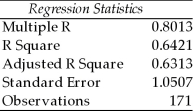 ANOVA
ANOVA

 The various residual plots are as shown below.
The various residual plots are as shown below.
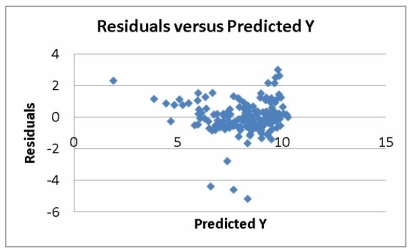
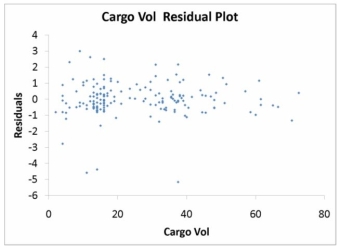
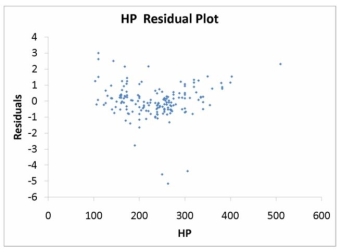
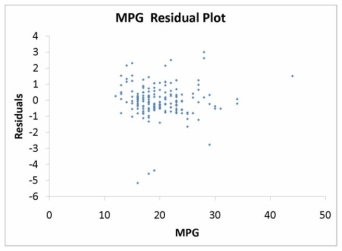
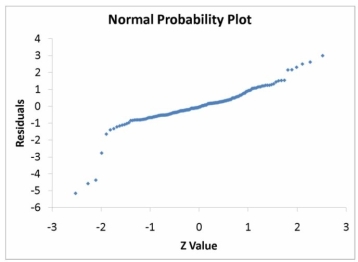 The coefficient of partial determination (
The coefficient of partial determination (  ) of each of the 5 predictors are, respectively, 0.0380, 0.4376, 0.0248, 0.0188, and 0.0312.
) of each of the 5 predictors are, respectively, 0.0380, 0.4376, 0.0248, 0.0188, and 0.0312.
The coefficient of multiple determination for the regression model using each of the 5 variables as the dependent variable and all other X variables as independent variables (  ) are, respectively, 0.7461, 0.5676, 0.6764, 0.8582, 0.6632.
) are, respectively, 0.7461, 0.5676, 0.6764, 0.8582, 0.6632.
-Referring to Table 15-5, what is the correct interpretation for the estimated coefficient for Sedan?
Definitions:
Informal Structures
Unofficial relationships and patterns of interaction in an organization that operate alongside the official structure.
Interpersonal Contacts
Relationships or interactions between individuals, involving communication and exchange of ideas, emotions, or information.
Adaptive Organizations
Companies or entities that are able to adjust and evolve in response to changes in their environment or industry.
Narrow Spans of Control
An organizational structure where a manager has a limited number of direct reports, allowing closer supervision and interaction.
Q18: Which of the following statements concerning chloroplasts
Q25: Which of the following is a powerful
Q27: Referring to Table 14-13, the fitted model
Q32: Referring to Table 15-3, the prediction of
Q35: Referring to Table 17-4, what is the
Q40: Referring to Table 13-9, the 90% confidence
Q50: Based on the following scatter plot, which
Q94: Referring to Table 12-1, which test would
Q128: Referring to Table 17-10, based on the
Q132: Referring to Table 16-3, if this series